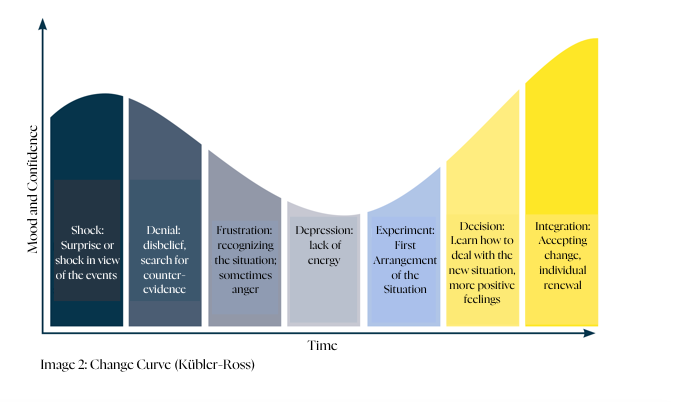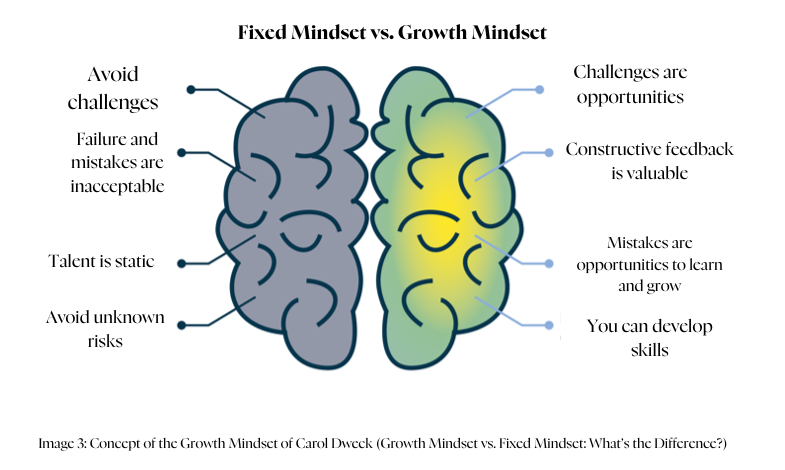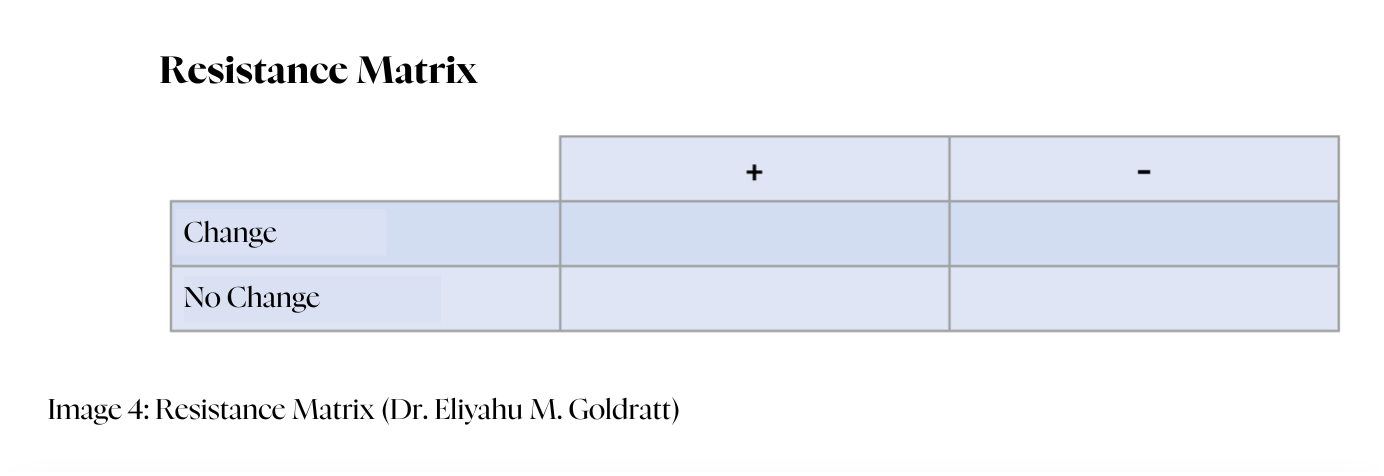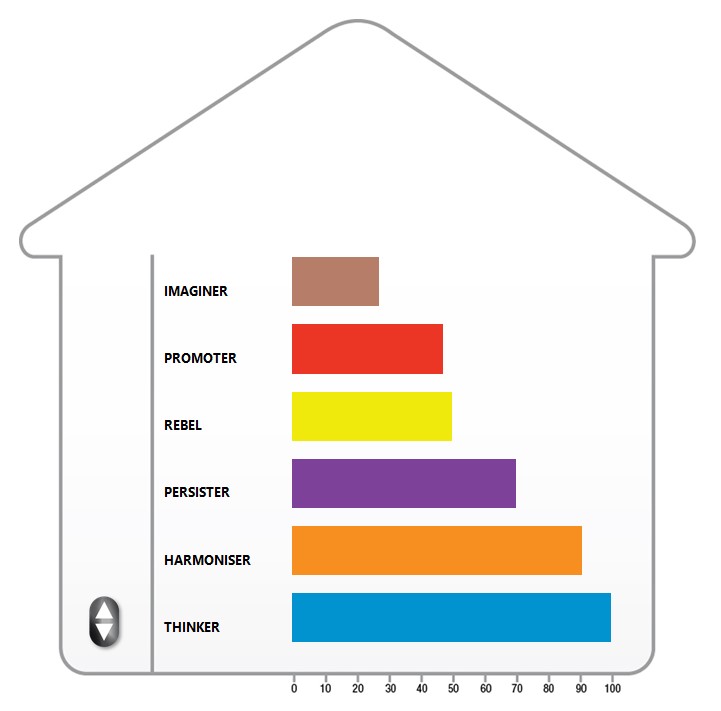
Success Through Change: How to Stay Oriented During Transitions
Success Through Change: How to Stay Oriented During Transitions
Do you prefer to listen to this article?
Click below to access our AI-generated audio version:
Success Through Change: How to Stay Oriented During Transitions
Change processes often involve challenges. They not only require structural adjustments but also an emotional examination of the new. For leaders, in particular, this means accompanying employees through the change, constructively absorbing resistance, and creating new perspectives. In this blog post, you will learn how to successfully implement changes and support your team in reorienting themselves.
This blog post is part of a change management series. Click here to go to the first part.
5. Letting Go and Finding New Perspectives
Psychological ownership – a concept developed by Jon L. Pierce, Tatiana Kostova, and Kurt T. Dirks – describes the feeling of personal responsibility and identification with a task or way of working, regardless of actual ownership. Employees invest time, energy, and commitment in their work, which creates a strong bond.
However, in change processes, this identification can lead to resistance, as it means letting go of what is familiar. In this case, it is the leader’s job to consciously guide this process while also providing orientation.
Tips:
- Acknowledge the past: Give credit for your team’s past successes and show appreciation for their commitment.
- Clarify the change: Be open about the need for change and emphasize the benefits for the team and the organization.
- Offer new ways of identification: Encourage employees to actively participate in shaping change by giving them responsibility and the opportunity to help develop new structures.
6. Take Responsibility and Use Resources Wisely
Successful change requires not only strategic decisions but also a conscious use of resources. As a leader, you are challenged to strengthen your resilience while effectively leading your team through the change.
Tips:
- Reflect on your role: regularly question your position in the change process and get support through coaching or peer feedback.
- Self-care plan: consciously pay attention to your resources to maintain energy and clarity.
- Use technological tools: rely on digital support, for example, through AI tools such as ChatGPT or knowledge databases, to gain new perspectives and find more efficient solutions.

7. Communication as the Key to Success
Transparent and continuous communication is essential to build trust and reduce uncertainty. Change processes are more likely to succeed if goals are repeatedly explained, expectations are formulated, and questions are actively encouraged.
Tips:
- Provide regular updates: Continuously communicate the progress and background of the change.
- Facilitate open dialogue: Create spaces for questions, feedback, and constructive exchange.
- Consider individual needs: Tailor your communication to different types of employees to achieve the highest possible level of acceptance and participation.
8. A Structured Approach With the ADKAR-Model
The ADKAR model provides a clear structure for guiding change processes and taking employees with you step by step:
- Awareness: Create an understanding of the need for change.
- Desire: Create motivation by highlighting the benefits for individuals and the team.
- Knowledge: Ensure that all employees receive the necessary information and training.
- Ability: Support implementation with targeted coaching and constructive feedback.
- Reinforcement: Promote sustainable change through continuous support, further development, and transparent performance measurement.
Conclusion: Actively Shaping Change
Change processes are challenging but manageable with the right strategy. Through appreciative communication, clear structures, and conscious use of resources, you can safely lead your team through the change. Encourage a growth-oriented mindset, enable co-creation, and pay attention to your stability – because only those who are stable themselves can accompany others through challenging times.

Anita Berger
MDI partner and trainer
















